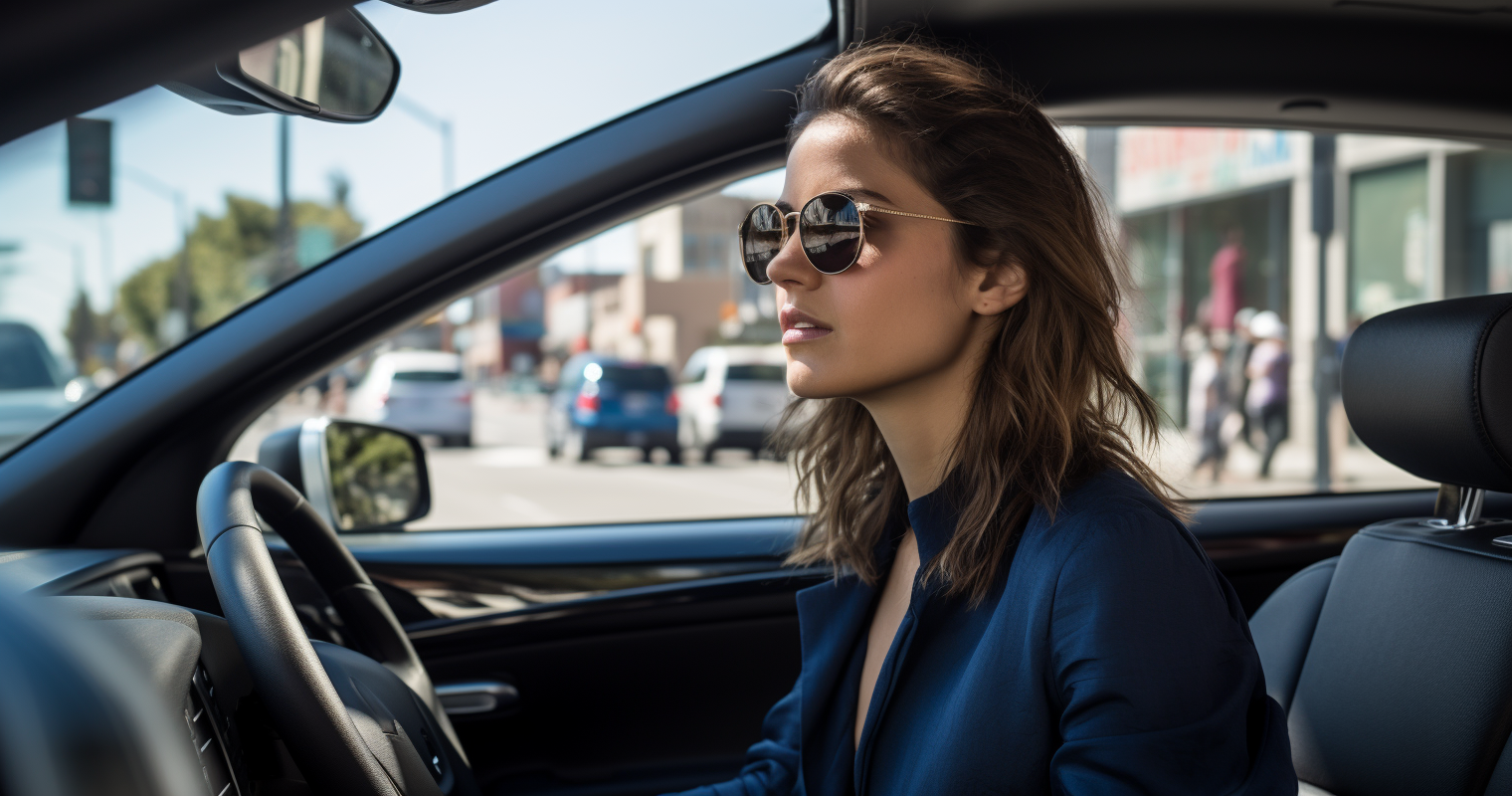The Philippines is a beautiful country that offers a diverse range of landscapes and attractions. If you plan on driving in the Philippines, it’s important to be aware of the local driving rules and regulations. In this article, we’ll cover road safety, required equipment, road accident protocols, driving rules, road signs, traffic lights, traffic info resources, and parking rules.
Road Safety in the Philippines
Road safety is a priority in the Philippines, with the government implementing measures to reduce the number of road accidents and fatalities. However, there are still some challenges, particularly in urban areas where traffic can be heavy and chaotic.
The quality of roads in the Philippines can vary, with major highways and urban roads generally in good condition, but rural roads can be less well-maintained. Local driving standards can be different from what some expats are used to, with drivers sometimes exhibiting reckless behavior. It’s important to be patient and drive defensively.
Required Equipment
When driving in the Philippines, there are certain items that you must carry in your car. These include:
- Spare tire: You must carry a spare tire in your car.
- Jack and tire wrench: You must carry a jack and tire wrench in your car.
- Early warning device: You must carry an early warning device and use it in the event of an accident or breakdown.
- Seatbelts: Seatbelts must be worn by all occupants of the vehicle.
Road Accidents
In the event of a road accident in the Philippines, drivers are required to follow certain protocols. If anyone is injured or there is damage to property, you must stop and offer assistance. You should also contact the police and exchange details with the other driver.
If you’re involved in a hit-and-run accident, you should report it to the police immediately. Failure to stop at the scene of an accident is a criminal offense in the Philippines.
Driving Rules
When driving in the Philippines, there are certain rules that you need to follow. These include:
- Drive on the right side of the road: In the Philippines, you must drive on the right-hand side of the road.
- Give way to the right: When approaching an intersection, you must give way to traffic coming from your right, unless otherwise indicated.
- Stick to the speed limits: The speed limit in built-up areas is 60 km/h, on rural roads 80 km/h, and on highways 100 km/h.
- Don’t use your phone while driving: It’s illegal to use your phone while driving, even if you’re using a hands-free device.
It’s also important to be aware of pedestrians and cyclists when driving in the Philippines, particularly in urban areas. Pedestrians often cross the road without using a designated crossing, so drivers must be vigilant.
Road Signs and Traffic Lights
Road signs in the Philippines are clear and easy to understand. Here are some of the most important ones to look out for:
- Stop sign: This is a red octagon with the word “STOP” written in white letters.
- Give way sign: This is a red triangle with a white border and the words “GIVE WAY” written in white letters.
- No entry sign: This is a red circle with a white border and a black diagonal line.
Traffic lights in the Philippines follow the standard red, amber, and green sequence. However, there are some unique aspects to Philippine traffic lights. For example, some lights have a flashing green light to indicate that you can proceed with caution.
Traffic Info Resources
If you’re driving in the Philippines, it’s important to stay up-to-date with traffic information. Here are some useful resources:
- Department of Transportation website: The Department of Transportation website provides up-to-date information on road works, traffic incidents, and other news related to transport in the Philippines.
- Metropolitan Manila Development Authority (MMDA) website: The MMDA website provides real-time traffic updates for the Metro Manila area.
- Waze: Waze is a popular navigation app that provides real-time traffic updates and alternative routes.
- Google Maps: Google Maps is a reliable resource for traffic information, providing real-time updates on congestion and travel times.
Parking Rules
Parking in the Philippines can be challenging, particularly in urban areas with high populations of expats. Here are some useful rules to keep in mind:
- Paid parking: In many cities and towns, you must pay for parking on the street. You can pay at a ticket machine or via a mobile app.
- Parking permits: In some areas, you need a parking permit to park on the street. These permits are issued by the local council and are often only available to residents.
- Disabled parking: Blue disabled parking cards are recognized in the Philippines. These cards allow drivers to park in disabled spaces and on street parking for free.
If you’re an expat living in the Philippines, it’s important to check the local parking rules and regulations in your area. Some areas may have specific parking restrictions or rules, such as time limits or resident-only parking.
Driving in the Philippines can be a safe and enjoyable experience if you follow the rules and stay informed. Make sure you have the necessary equipment in your car, follow the local driving standards, and be aware of potential hazards on the roads. Stay up-to-date with traffic information, and be mindful of parking rules, particularly in areas with high populations of expats. By doing so, you can enjoy the stunning scenery and rich culture of the Philippines without any hiccups.

